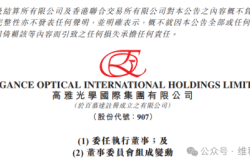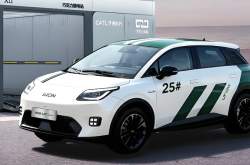Alternative Strategies for Automakers to Profit in 2025 Beyond Supplier Cost-Cutting
![]() 01/02 2025
01/02 2025
![]() 605
605
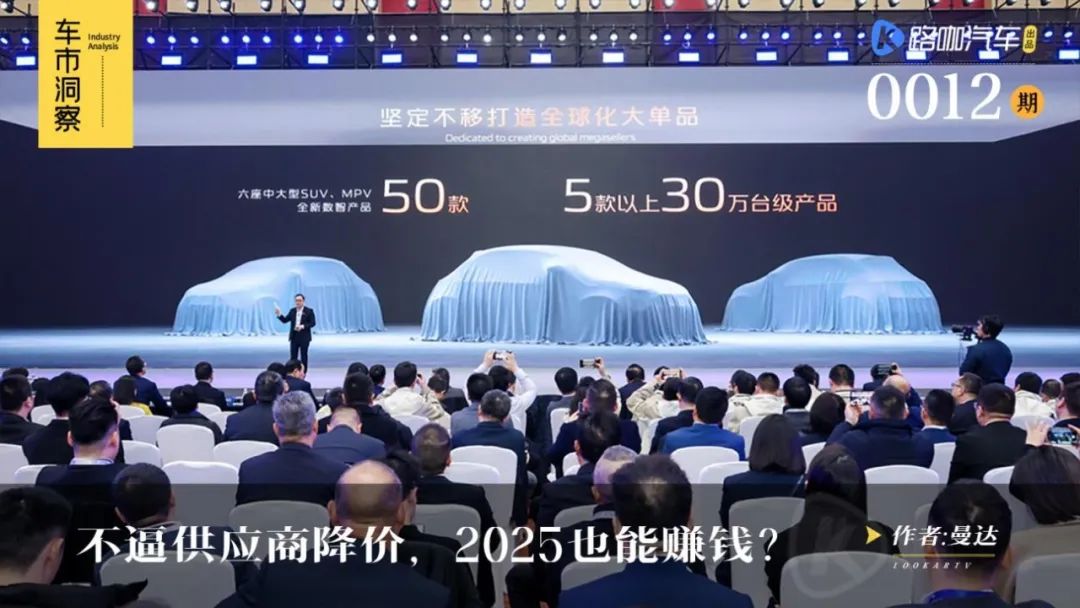
When asked about when selling new energy vehicles (NEVs) will become profitable, Zhu Huarong, Chairman of Changan Auto, announced at the recent Changan Auto Global Partner Conference that its new energy brand, Deep Blue Auto, has already started making operational profits.
Apart from Tesla and BYD, which entered the profitable era early due to their scale, the latest NEV company to announce a turnaround from losses to profits was Li Auto. Coincidentally, both Li Auto and Deep Blue specialize in extended-range vehicles (ERVs), which have become profitable before most pure electric vehicles (EVs).
Faced with the fiercely competitive domestic automotive market, how can automakers sustain their presence and generate profits by 2025? German automaker Volkswagen figured this out 15 years ago: Chinese consumers prefer affordable, spacious cars. Whether sedans or SUVs, larger vehicles are always favored within the same class, a rule that still holds true today.
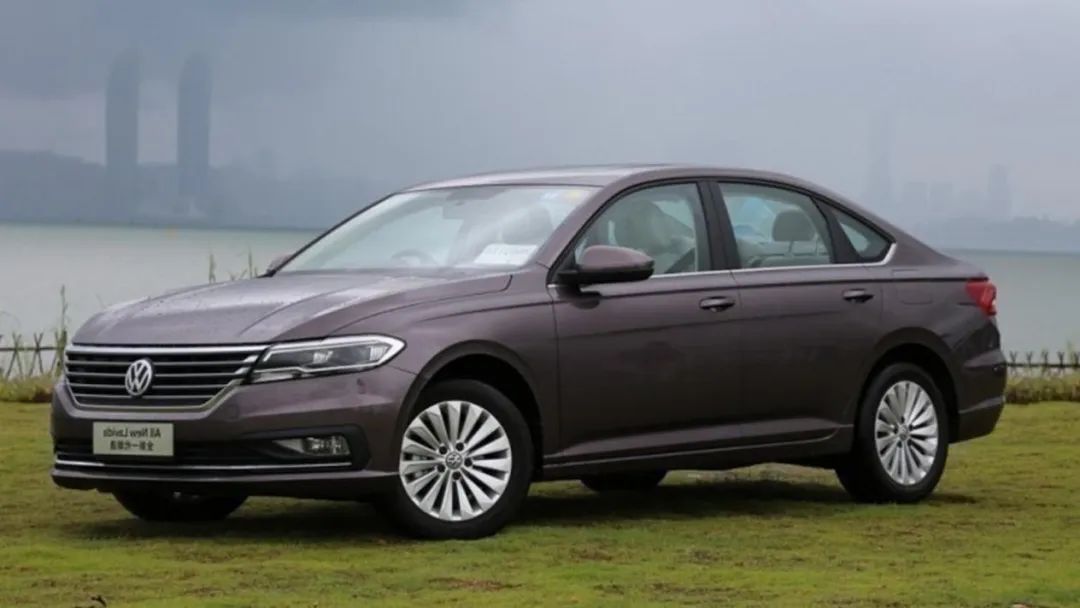
The path to success often shares similarities or commonalities. Besides ERVs and larger compact cars, there aren't many replicable templates left. A crucial point to consider is that while automakers cater to market demand, they may also find themselves prioritizing quantity over quality.
How can automakers profit from selling cars in 2025?
It's not surprising that ERVs become profitable before EVs.
Last November, Li Xiang, the "King of Weibo," posted on social media that Chinese independent brands still adhering to multi-gear PHEV (Plug-in Hybrid Electric Vehicle) technology would shift to the extended-range route within the next one or two years. Within less than a year, Li's prediction is coming true, as NEV companies like AVATR and ZEEKR have officially announced their intentions to develop extended-range hybrids. Early heavy investments in pure electric platforms are quietly being retrofitted with fuel tanks to accommodate ERV systems.
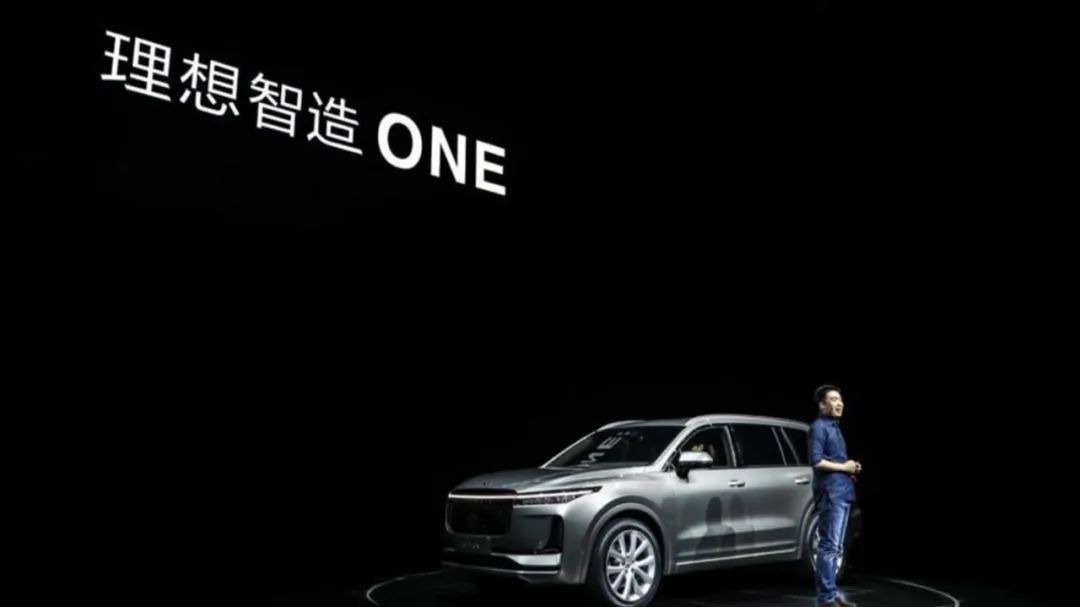
In terms of manufacturing costs, ERVs are generally cheaper than EVs of the same class due to their smaller battery capacity. Their generator and motor configurations do not need to meet the high requirements of plug-in hybrids, allowing automakers to focus more on intelligent and comfortable interior design, such as refrigerators, TVs, and large sofas.
Brands like Li Auto, Deep Blue, and AITO have proven how effective this product definition model is.
Moreover, the strategy of "making small cars bigger" has also proven almost infallible. Automakers like Li Auto, XPeng, Leap Motor, and AITO have all tapped into consumers' psychology of wanting a "big car for a small price." Especially with declining consumer spending power, selling cars at a premium price has become increasingly challenging.
Therefore, more automakers are starting to redefine their next-generation products with the help of Huawei. Besides adopting Huawei's intelligent solutions, both parties will deepen their cooperation in product definition. In simpler terms, Huawei helps automakers enhance their ability to create premium value.
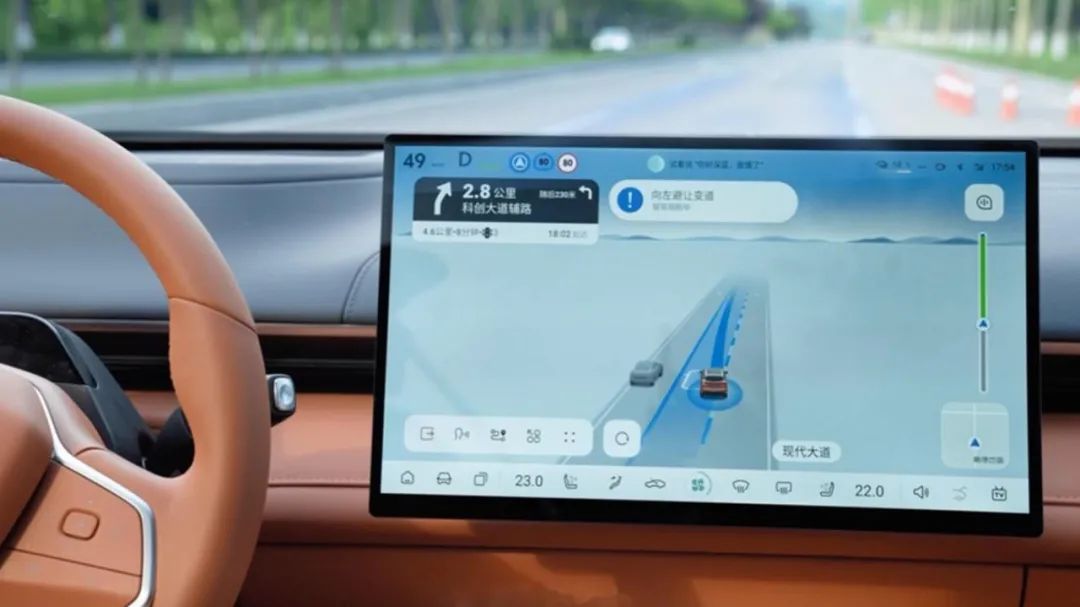
Nevertheless, this trend is difficult to reverse in the short term. As prices for higher-spec models continue to decline, consumers find it harder to spend more on cars, compressing the premium space. For automakers, extreme cost control to lower prices and enhance competitiveness, thereby gaining a larger market share, forms a nearly "desperate" two-way rush.
At any time, the age-old truth that "the wool comes from the sheep" remains unchanged. When a car invests more in comfort features, it often means making trade-offs elsewhere. Take a recently launched new force pure electric sports car as an example; it emphasizes intelligence, space, and configuration while barely mentioning driving and handling.
This is understandable because, in the absence of revolutionary technological innovation, cost control can basically be equated with "cost-cutting." Using non-automotive-grade chips, shortening the development and verification cycle of new models, reducing durability and safety testing, and even forcing suppliers to reduce prices by 10% annually are practices known only to insiders and have gradually become unspoken rules.
Is there a way to survive without engaging in a price war?
Zhu Huarong predicts that 2025 will be a year of elimination, with 80% of Chinese brands and 90% of new forces heading towards closure, merger, or transformation.
A cruel fact lies before us: by 2025, automakers lacking competitiveness will be further eliminated. Besides cost competition, is there another way to survive?
More than a month ago, Ford Motor Company released its 2024 Q3 financial report, with the Chinese market contributing $600 million in profits. John Lawler, CFO of Ford Motor Company, has publicly stated that the asset-light model has helped Ford remain profitable in the Chinese market. Ford has significantly reduced its production capacity and fixed costs while making its Chinese factories a base for supplying new cars to the global market. In today's market where joint venture automakers' market share is shrinking and volume is traded for price, Changan Ford has maintained the stability of its pricing system. Public reports show that about 60-70% of Changan Ford dealers are profitable.
In the face of fierce competition, it is challenging to achieve both volume and price. But once automakers determine their priorities, many problems become solvable.
Not only Changan Ford but also SAIC-GM has recognized the reality that the era of high growth is over, and its strategic focus has shifted from expansion to contraction. Not long ago, SAIC-GM officially announced the addition of 54 authorized dealers. Before that, SAIC-GM took the initiative to reduce inventory and implement a one-price policy at the terminal to lessen the burden on the channel.
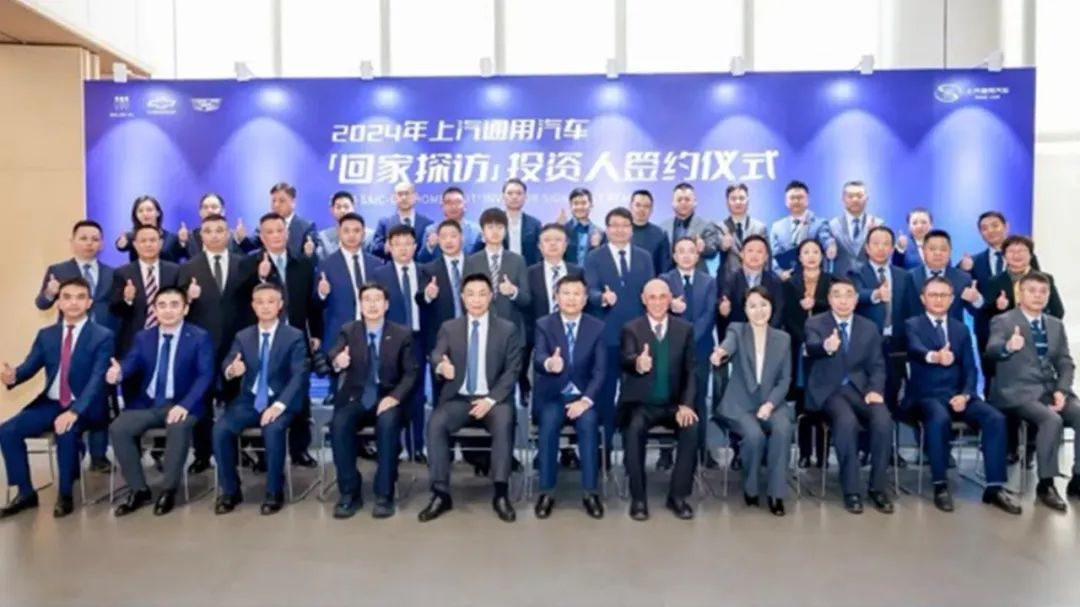
Since the beginning of this year, luxury brands BMW, Benz, and Audi have been constantly adjusting their terminal business policies, shifting their focus from market share to profitability. Often, the "difficulty" does not lie in market competition but in wanting to have it all.
However, the logic of preserving profits often cannot be replicated for new brands. At the recent launch event for the AITO Asker R7 extended-range version, Yu Chengdong said, "Selling the AITO Asker R7 at its current price can only make Mr. Yin bleed." The starting price of 249,800 yuan means Chery loses 10,000 to 30,000 yuan on each car sold.
In other words, profit will only precede market share after sales growth achieves economies of scale. Zhu Jiangming, the head of Leap Motor, has also publicly expressed a similar view in the past. Even leaders in the new energy sector like BYD and Tesla need to reduce prices to boost sales and solidify their market position.
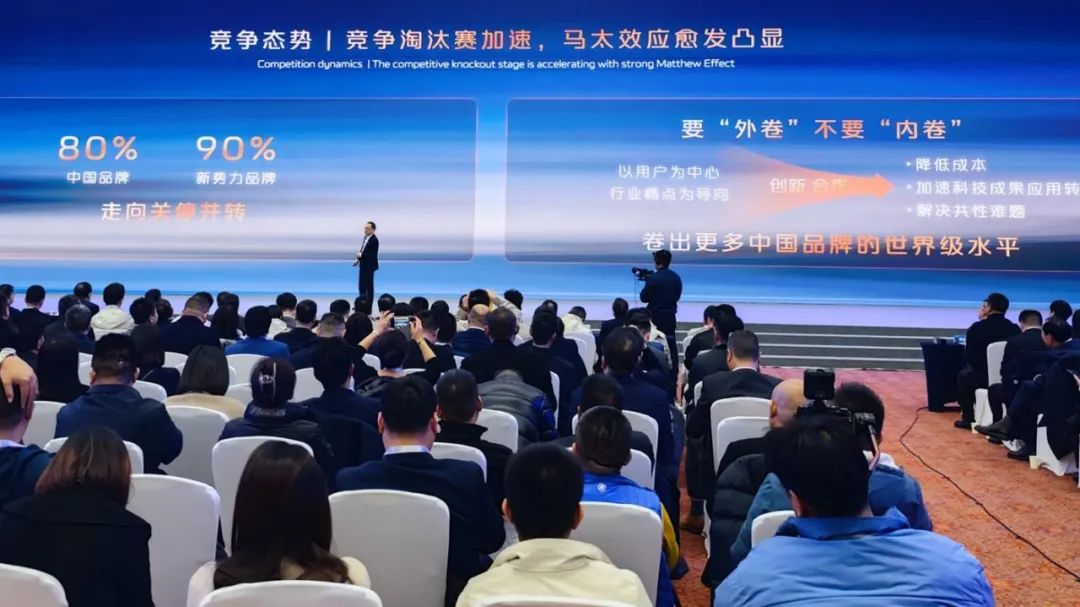
It is foreseeable that the auto price war will reach new heights in 2025, but more automakers have learned to reconcile amidst internal competition. They can either pursue market share by endlessly competing on cost and price or abandon the obsession with market share and focus on operational health by integrating resources.
Zhu Huarong predicts that new force automakers will be hit hardest by eliminations in 2025. This is understandable as they lack the confidence of mature automakers to stay out of price wars. For new brands, sales volume is paramount. NIO, XPeng, Leap Motor... There are countless new forces that have yet to achieve profitability for consecutive years. However, new forces without sales volume often end up like Geely's Geometry, which only lasted three years from birth to collapse.

